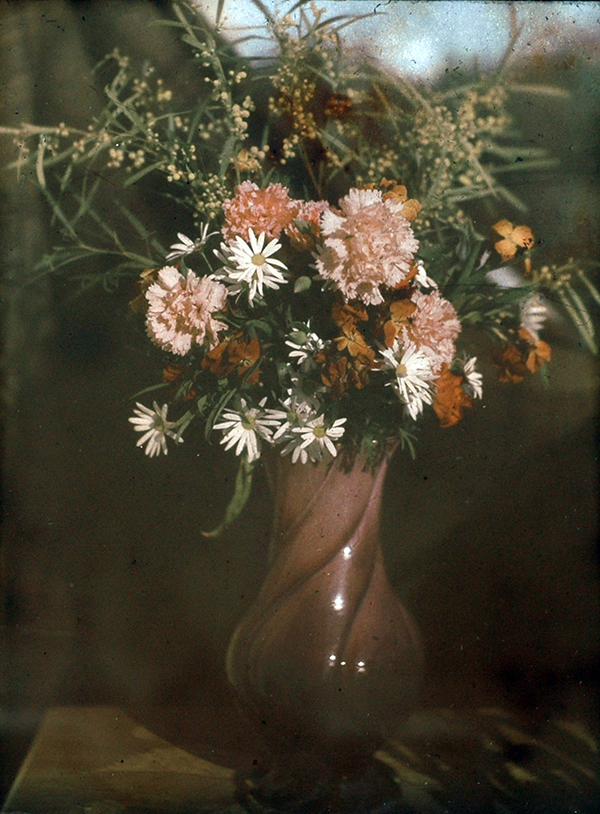[Musealia : Gabriel Lippmann's Interferential Photographs]
Every month, Sorbonne University invites you to discover an object from its heritage collections. This month, discover Gabriel Lippmann's Interferential Photographs.
Gabriel Lippmann (1845-1921), Professor of Physics at the Faculty of Science of Paris, left his mark on the history of science through his various discoveries and his inventive genius. In 1908, he was the tenth French Nobel Prize winner "for his method of reproducing colours in photography, based on the interference phenomenon".
The process then developed by Lippmann uses light interference to imprint waves in the emulsion of the photographic plate exposed to light from an object. These waves depend on the colours of the object, since each colour has its own wave, and they allow the reconstruction of the colour image of the original object. To print the wave in this way, Lippmann developed an emulsion in which the light-sensitive grains are nanoparticles invisible to the naked eye. While conventional colour photography reduces all colour to the sum of three fundamental colours, interference photography preserves the colour spectrum because it records all visible waves and their slight variations.
The period was also a key moment in the study of colour and its translation into painting. Following the Impressionists, for whom the pictorially exact and sensitive translation of the moment lumineux [moment of light] had been central, the next generation, the "Neo-Impressionists" in the 1890s, found in scientific theories of colour perception the basis for an even more systematic style, pointillism, in which the synthesis of sensation and representation took place.
The Lippmann collection of Sorbonne University, consisting of 46 plates, is housed on the Pierre and Marie Curie Campus. This collection is based on the production of Gabriel Lippmann. He gave the plates to the Faculty of Science for use in teaching physics. This fabulous scientific heritage of Sorbonne University is the subject of a project of enhancement, archiving and conservation piloted by the Institute of Materials Science in connection with the Service des Archives et du Recueil des Actes (SARA).
By Emmanuel Sautjeau, project manager at the Institute of Materials Science (iMAT).
Data sheet
- Description : interferential colour photographs
- Date : s.d.
- Place of storage : IMPCM
Find here all the articles of Musealia.




